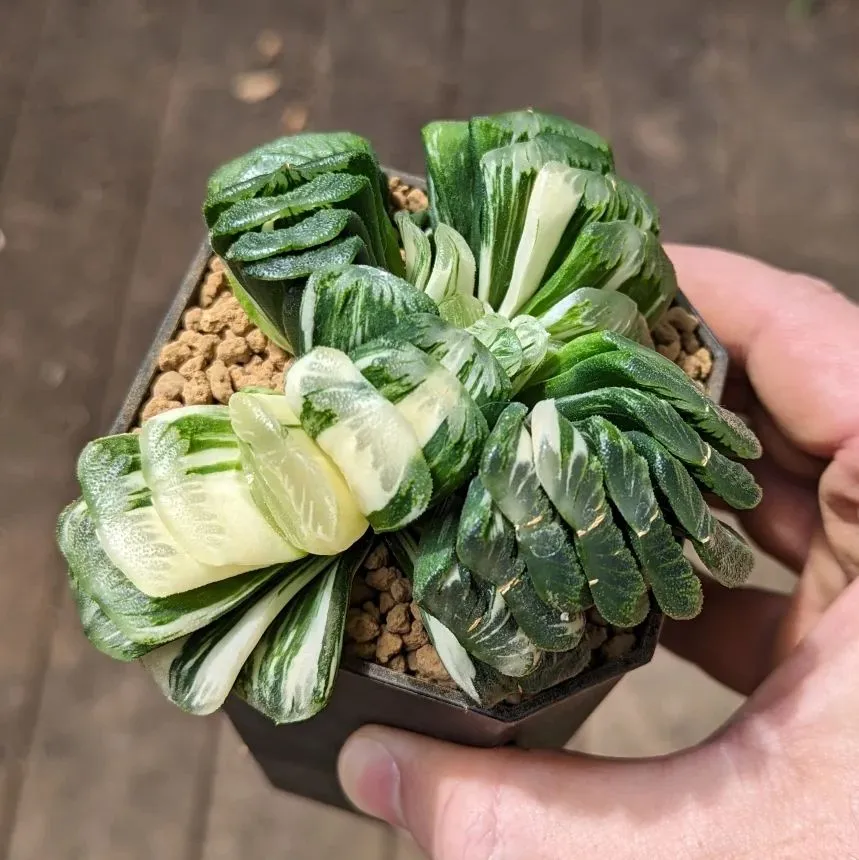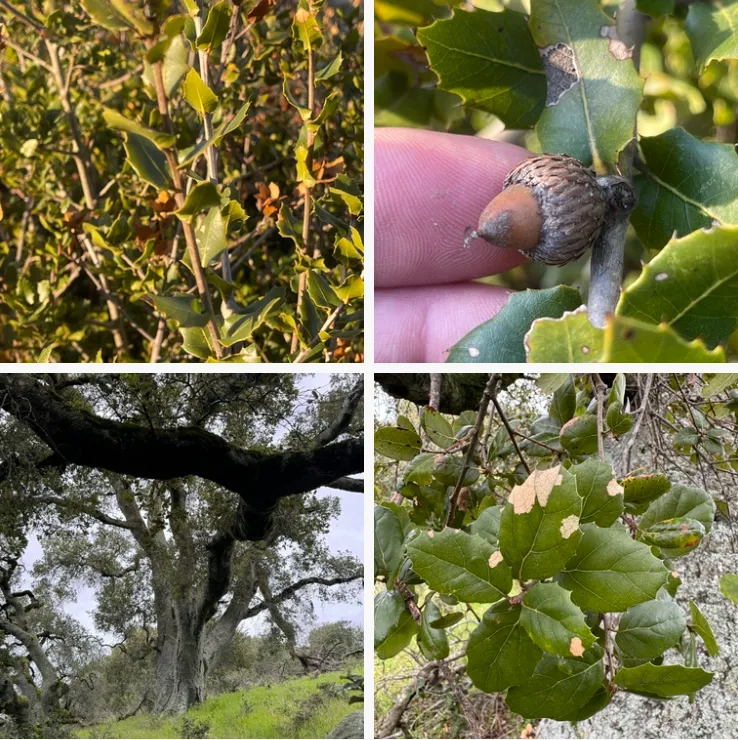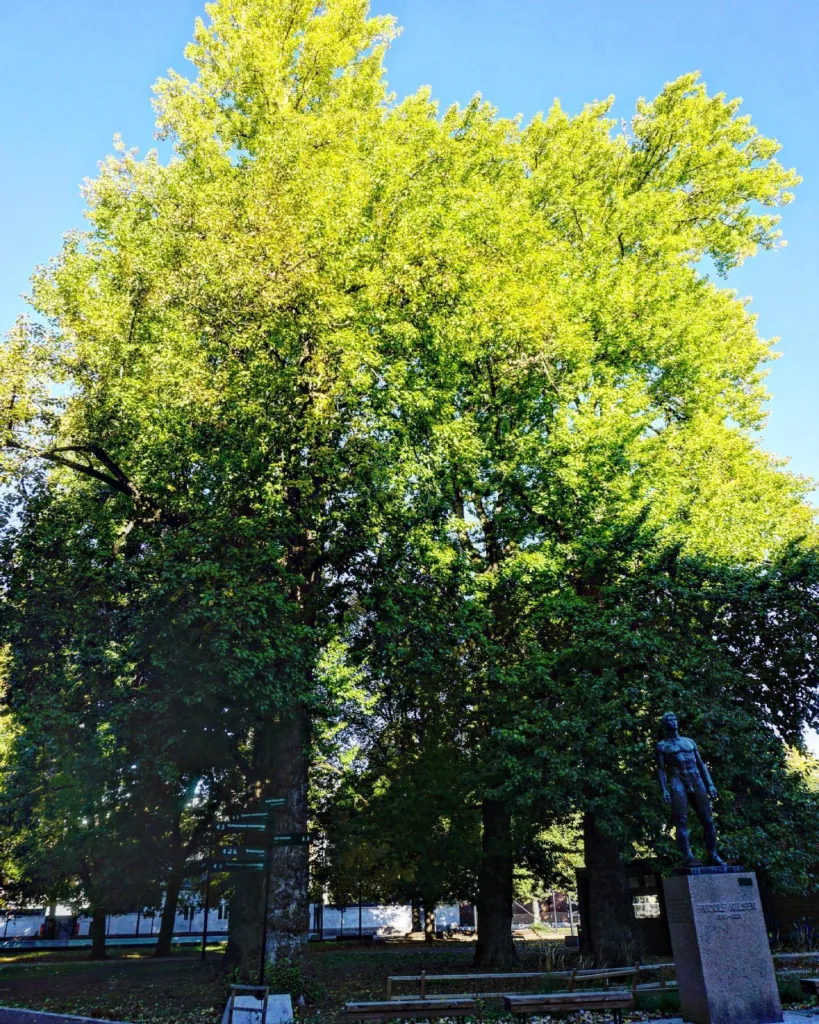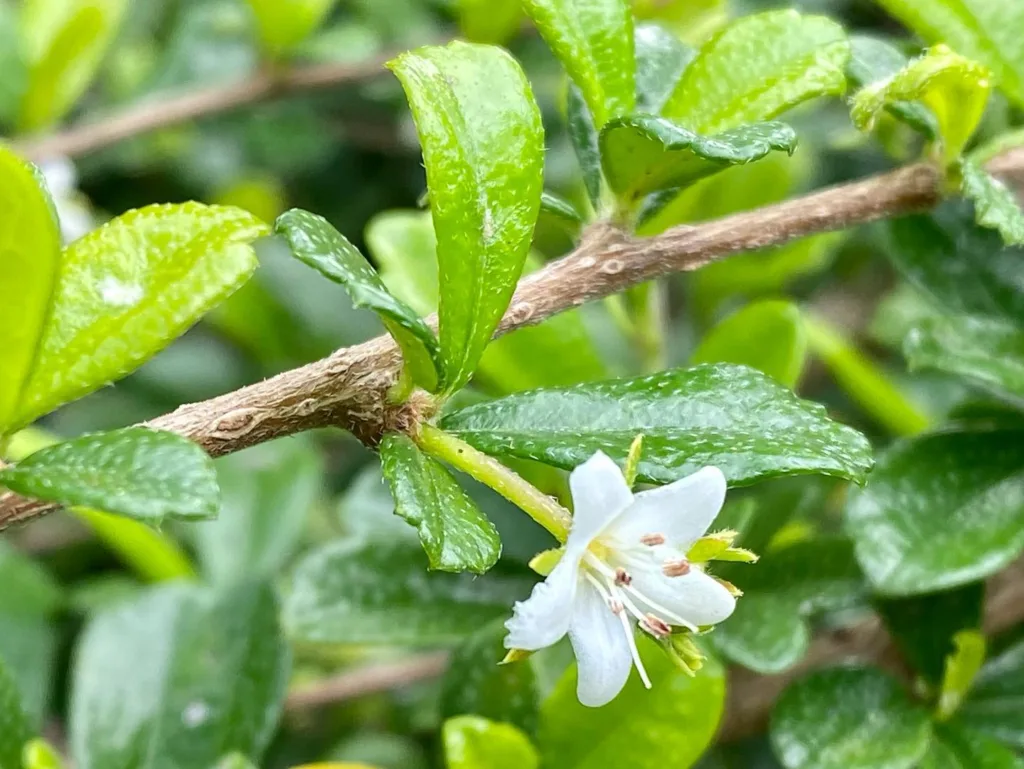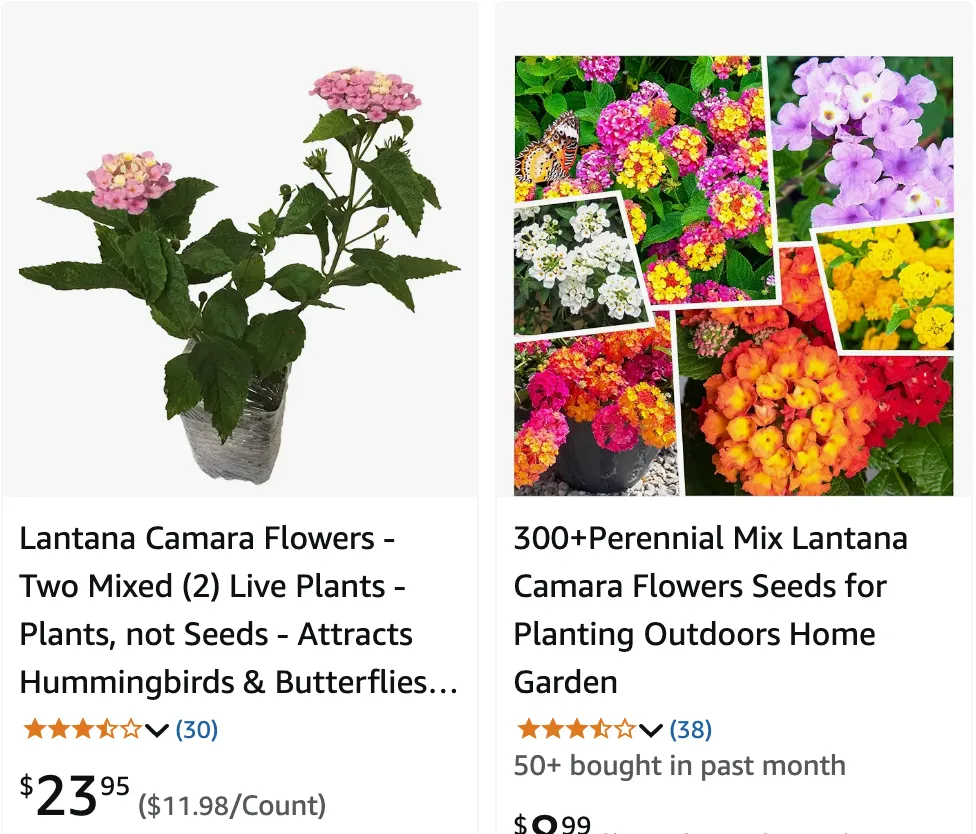
128 Species in Genus Lantana
What is Lantana Camara?
Lantana camara is a flowering plant native to tropical regions of the Americas and is now found worldwide. It’s a hardy, colorful shrub that produces clusters of tiny flowers in vibrant shades like orange, yellow, pink, and red. It’s commonly grown as an ornamental plant for its beauty and ability to attract pollinators such as butterflies and bees.
Does Lantana Camara come back every year?
Yes, lantana camara is a perennial in warmer climates where temperatures don’t drop below freezing. However, in colder climates, it behaves as an annual because frost will kill the plant. You can grow it in containers and bring it indoors during winter to enjoy it year after year.
How to care for Lantana Camara?
Caring for lantana camara is simple. It thrives in full sun and well-draining soil. Water it deeply but infrequently, allowing the soil to dry out between watering. Deadhead the flowers regularly to encourage blooming, and prune the plant to maintain its shape. Fertilize sparingly, as lantana doesn’t require much feeding.
How to propagate Lantana Camara?
You can propagate lantana camara through cuttings or seeds. For cuttings, take a 4-6 inch stem, remove the lower leaves, and plant it in a pot with moist, well-draining soil. Keep it in a warm spot with indirect light until roots develop. For seeds, plant them in a seed tray with a light soil mix and keep them moist until they germinate.
What to plant with Lantana Camara?
Lantana camara pairs well with other sun-loving plants like salvia, verbena, and petunias. Its vibrant blooms also contrast beautifully with ornamental grasses or drought-tolerant succulents. Choose companions with similar water and sunlight needs to create a cohesive and thriving garden.
Can you grow Lantana Camara indoors?
Yes, you can grow lantana camara indoors, but it requires plenty of sunlight. Place it near a south-facing window or use grow lights to ensure it gets at least six hours of bright light daily. Be mindful of watering, as indoor conditions can cause the soil to retain more moisture.
Is Lantana Camara a perennial?
Yes, lantana camara is a perennial in zones 9 to 11, where temperatures are consistently warm. In colder zones, it is typically grown as an annual or overwintered indoors.
Is Lantana Camara invasive?
Lantana camara is considered invasive in some regions, particularly in tropical and subtropical areas, where it can outcompete native vegetation. Check with your local agricultural or environmental agency before planting to ensure it’s not a threat to your area’s ecosystem.
Is Lantana Camara poisonous?
Yes, lantana camara is toxic to humans and animals if ingested. The berries, in particular, can cause serious health issues. Keep it out of reach of children and pets, and always wear gloves when handling the plant if you have sensitive skin.
How to use Lantana Camara leaves?
Lantana camara leaves have been traditionally used in herbal medicine for their anti-inflammatory and antimicrobial properties. However, they must be used with caution and under professional guidance, as parts of the plant are toxic.
Where to buy Lantana Camara?
You can buy lantana camara at most garden centers, nurseries, or online plant stores. It’s widely available during the growing season and often sold as young plants or seeds.
What are the benefits of Lantana Camara?
Lantana camara adds vibrant color to gardens, attracts pollinators, and is drought-tolerant, making it ideal for xeriscaping. Its hardy nature makes it a low-maintenance choice for gardeners.
What are common problems with Lantana Camara?
Lantana camara can face issues like powdery mildew, root rot (from overwatering), and pests such as aphids or whiteflies. Regularly inspect your plant and treat problems early with appropriate remedies like neem oil or fungicides.
How does Lantana Camara compare to similar plants?
Lantana camara is often compared to verbena due to their similar flower clusters. However, lantana is more heat- and drought-tolerant. It’s also sometimes confused with trailing lantana (Lantana montevidensis), which has a more compact, ground-covering growth habit.
If i die, water my plants!
